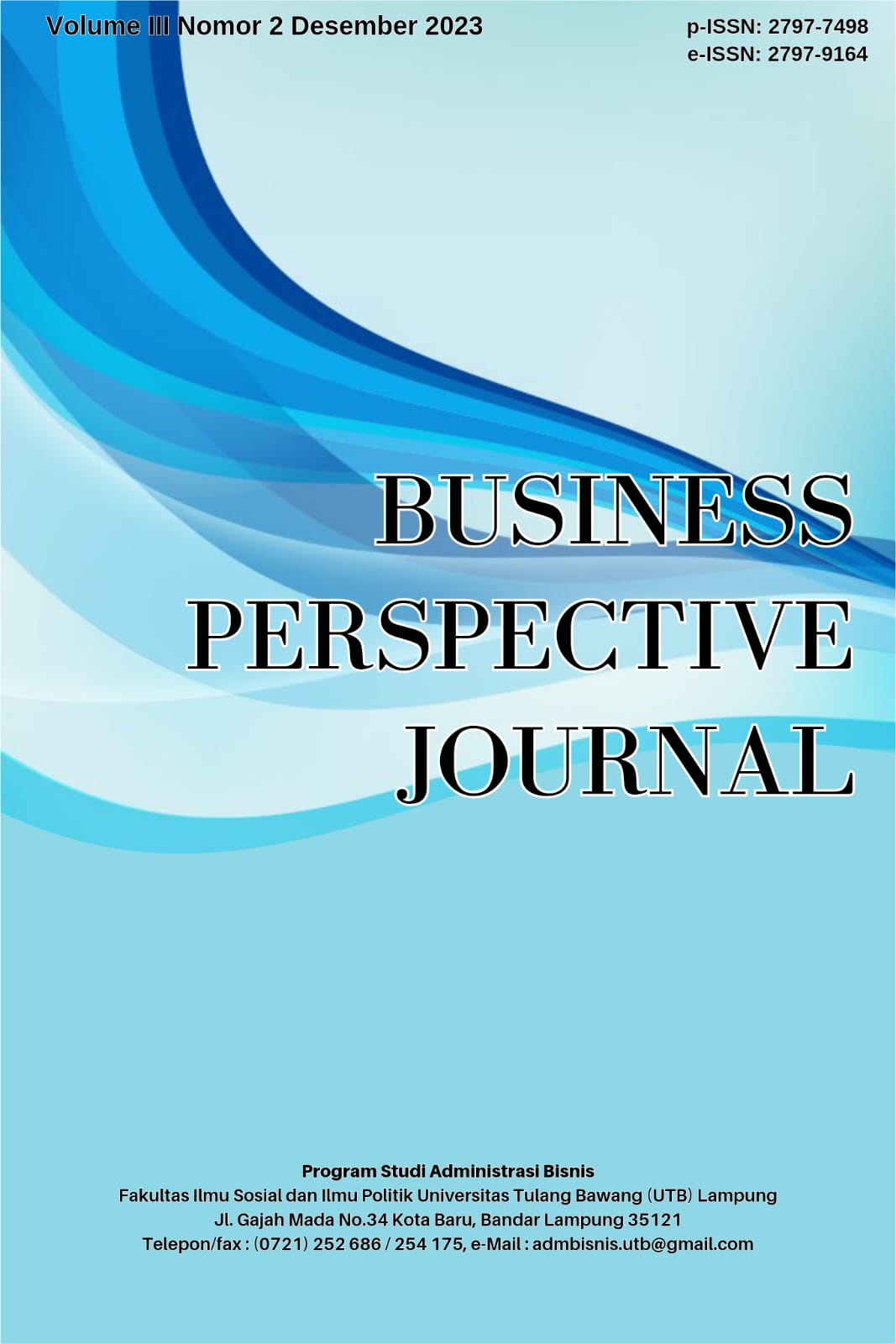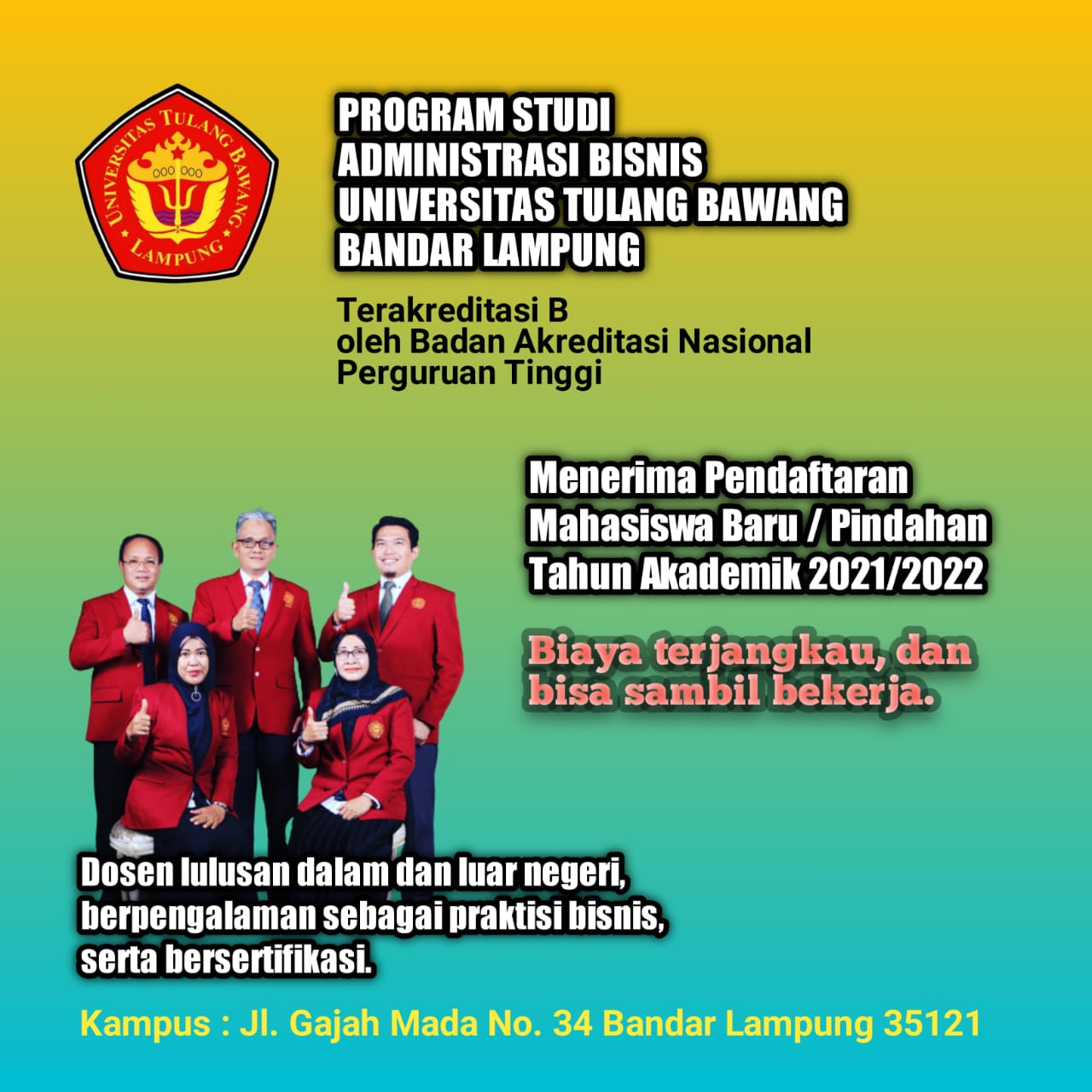Perhitungan Sederhana Nilai Tukar Riil Rupiah dan Keseimbangannya
DOI:
https://doi.org/10.37090/bpj.v3i2.1312Abstract
For the public and private sectors, especially those dealing with the international world, monitoring exchange rate movements is very important. However, in the current conditions of volatility, uncertainty, complexity and ambiguity (VUCA), exchange rate projections become very challenging. Behavioral Equilibrium Exchange Rate (BEER) is a model used to estimate an exchange rate that is considered balanced based on fundamental factors. In connection with this, the author intends to inform you about BEER and its benefits. Therefore, this paper aims to estimate the balance of the real exchange rate (RER), so that exchange rate movements outside of equilibrium (misalignment) can be identified. The method used in this paper is the Error Correction Model (ECM). The author uses quarterly data with the aim of getting a long data series and more accurate estimation results. Meanwhile, the explanatory variables consist of productivity, interest rate differential, foreign reserves, terms of trade, and risk premium. From the estimation results, it is known that changes in productivity, interest rate differential and foreign exchange reserves have a significant positive effect on RER movements. The risk premium has a significant negative effect, while the terms of trade are not significant. It is hoped that the results of this simple analysis will provide additional insight for policy makers and economic practitioners in understanding the dynamics of the real rupiah exchange rate and efforts to maintain its stability. It is also hoped that this article will provide a strong basis for considering more effective policies in managing the rupiah exchange rate.
Keywords: exchange rate, equilibrium, fundamental factor, flexibility
Downloads
References
Aguirre, A ́. and Calderón, C. (2005) “Real Exchange Rate Misalignments AndEconomic Performance”.
BBC (28 September 2010) Currency 'war' warning from Brazil's finance minister. https://www.bbc.com/news/business-11424864
Chinn, M. (2006) “A Primer on Real Effective Exchange Rates: Determinants, Overvaluation, Trade Flows, and Competitive Devaluation”
Clark, P. B. and MacDonald, R. (1998) “Exchange Rates and Economic Fundamentals: A Methodological Comparison of BEERs and FEERs”.
Darinda, D. dan Amir, Aprilianto. (2022). Estimasi Model Substitusi Tidak Sempurna Volume Perdagangan Indonesia. Business Perspective Journal, 2(2). https://doi.org/10.37090/bpj.v2i2.774.
Driver, R. and Westaway P. (2004), “Concepts of Equilibrium Exchange Rate”, Bank of England Working Papers, No. 248.
Duttagupta R, Fernandez G, Karacadag C. (2005) “Moving to a flexible exchange rate how, when, and how fast?” IMF Economic Issues 38.
Eden, M. and Nguyen, H. (2012) “Correcting Real Exchange Rate Misalignment Conceptual and Practical Issues”.
Edwards, Sebastian (1989) "Real Exchange Rates in the Developing Countries: Concepts and Measure- ment," NBER Working Papers 2950, National Bureau of Economic Research, Inc.
Elbadawi, I. A. and Soto, R. (1994) "Capital Flows and Long-Term Equilibrium Real Exchange Rates in Chile"
Ferraro, D., Rogoff, K., and Rossi, B. (2012) “Can Oil Prices Forecast Exchange Rates?”
Friedman M. (1953) “The Case for flexible exchange rate.” Essay in Positive Economics (pp. 157-2013). University of Chicago Press.
Iimi, A. (2006) "Exchange Rate Misalignment:An Application of the Behavioral Equilibrium Exchange Rate (BEER) to Botswana"
Kipici, A. N. and Kesriyeli, M (1997) “The Real Exchange Rate Definitions andCalculations”
Klau, M. and Fung, S. S. (2006) “The New BIS Effective Exchange Rate Indices”.
Kurniati, Y. dan Hardiyanto, A. V. (1999) “Perilaku Nilai Tukar Rupiah dan Alternatif Perhitungan Nilai Tukar Riil Keseimbangan,” BEMP 2 : 76-43.
MacDonald, Ronald (2000) “Concepts to Calculate Equilibrium Exchange Rates: An Overview”.
MacDonald, Ronald & Dias, Preethike (2007) "Behavioural equilibrium exchange rate estimates and implied exchange rate adjustments for ten countries," Working Papers 2007_12, Business School - Economics, University of Glasgow.
Milgate, M (1998), “Equilibrium: development of the concept”, in Eatwell, J, Milgate, M and Newman, P (eds), The New Palgrave: A Dictionary of Economics, Macmillan Press.
Moody’s. (2019) “Moody’s Analytics Country Risk Service.”
Montiel, P., (1997) “Exchange rate policy and macroeconomic management in ASEAN countries.” In J. Hicklin et al. (eds.). Macroeconomic Issues Facing ASEAN Countries. Washington, D.C.: IMF
Nurkse, (1945), “Conditions of International Monetary Equilibrium”.
Razin, O. and Collins, S. M. (1997) “Real Exchange Rate Misalignment and Growth”.
Setiawan, P., Suradi, & Amir, A. (2023). Pengaruh Cash Ratio dan Earning Per Share Terhadap Dividend Pay Out Ratio pada Perusahaan Manufaktur yang Terdaftar di Bursa Efek Indonesia. Business Perspective Journal, 3(1), 15–32. https://doi.org/10.37090/bpj.v3i1.1122
Schreyer, P. and F. Koechlin (2002), "Purchasing Power Parities - Measurement and Uses"
Turner, P. and Van’t dack, J. (1993) “Measuring International Price and Cost Competitiveness”
Williamson, J. (1983) “The Exchange Rate System”
Downloads
Published
Issue
Section
License
Copyright (c) 2023 Dwika Darinda, Aprilianto Amir

This work is licensed under a Creative Commons Attribution 4.0 International License.






